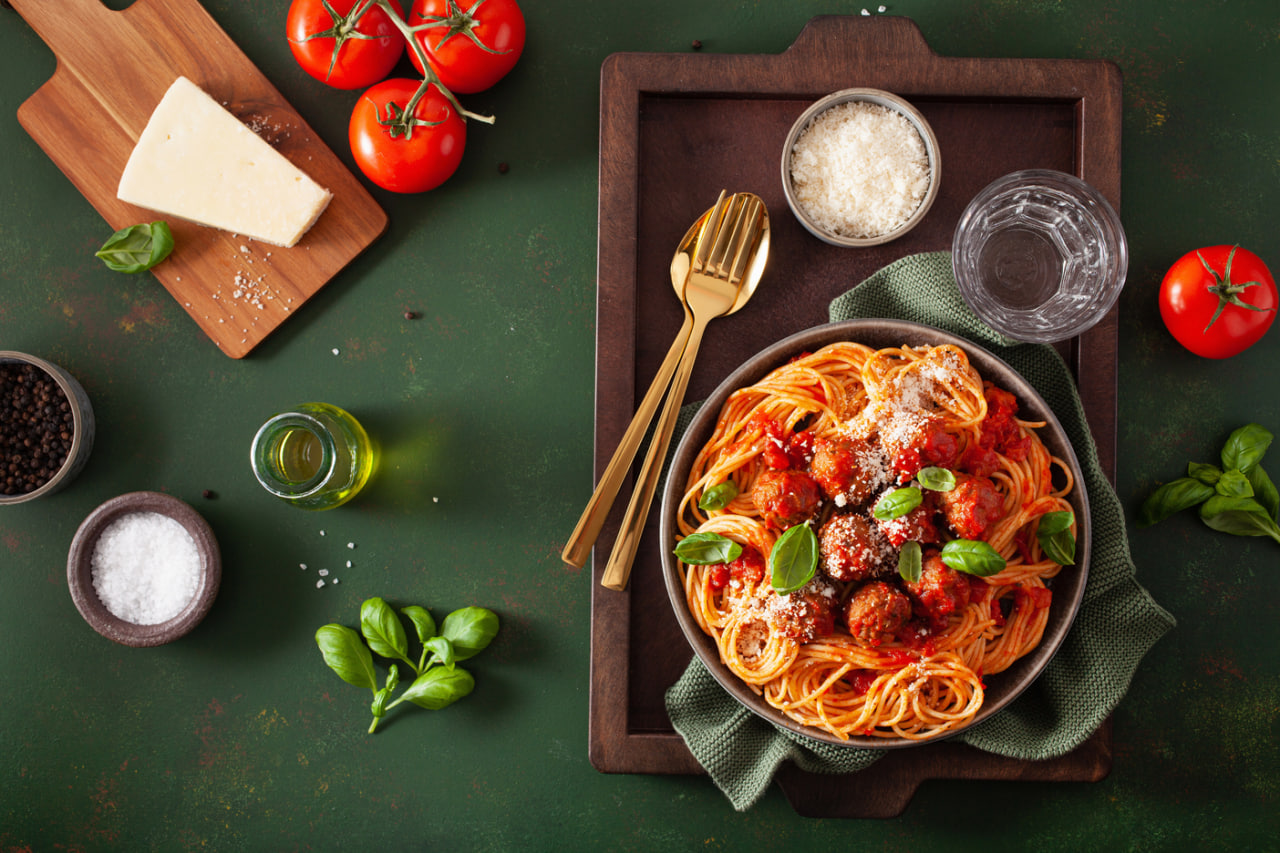Call us now:

Understanding the Basics of Fresh Pasta
Fresh pasta is a cornerstone of Italian cuisine, offering a delicate texture and flavor that dried pasta cannot replicate. The foundation of perfect pasta starts with quality ingredients—typically flour, eggs, a pinch of salt, and sometimes water or olive oil. Choosing the right flour is crucial, as it affects texture and elasticity. Traditional Italian recipes often call for “00” flour for silky, smooth dough, while semolina flour adds a slightly firmer bite and enhances structure.
Eggs provide richness and color, while the ratio of eggs to flour determines the dough’s consistency. Achieving the correct balance ensures the dough is neither too sticky nor too dry. Mastering this balance is the first step toward creating fresh pasta that is both tender and resilient enough to hold sauces effectively.
Kneading and Resting the Dough
Proper kneading develops gluten, which gives pasta its elasticity and allows it to hold shape during cooking. Start by mixing the ingredients until a rough dough forms, then knead on a lightly floured surface for 8 to 10 minutes. The dough should feel smooth and elastic, slightly springy to the touch, and free of lumps.
Resting the dough is equally important. Allow it to rest for at least 30 minutes under a cloth or plastic wrap. This step relaxes the gluten, making the dough easier to roll and shape without shrinking or tearing. Skipping this step often results in uneven pasta texture or difficulty handling delicate shapes such as ravioli or fettuccine.
Rolling and Shaping Techniques
Rolling the dough evenly is essential for consistent cooking. Whether using a rolling pin or pasta machine, aim for uniform thickness across the entire sheet. For filled pasta like ravioli or tortellini, thinner sheets are preferred, while slightly thicker sheets are ideal for tagliatelle or pappardelle.
Cutting techniques vary depending on the pasta type. For long noodles, such as spaghetti or linguine, maintain straight, even cuts to ensure uniform cooking. For stuffed pasta, precision is critical in shaping and sealing edges to prevent filling leakage. Dusting with flour prevents sticking during cutting and shaping, while gentle handling preserves the delicate texture.
Cooking Fresh Pasta to Perfection
Fresh pasta cooks much faster than dried varieties, often requiring only 2 to 4 minutes in boiling salted water. Monitoring texture is key; it should be tender yet firm to the bite, a stage Italians call “al dente.” Overcooking fresh pasta results in a mushy texture, while undercooking leaves it too dense and chewy.
Timing is crucial, especially for larger batches. Cook in small portions if necessary, stirring gently to prevent sticking. Drain pasta carefully, reserving some cooking water to adjust sauce consistency if needed. Tossing freshly cooked pasta with sauce immediately enhances flavor absorption and ensures a cohesive dish.
Pairing Pasta with Sauces
Fresh pasta pairs beautifully with a variety of sauces, from light olive oil and garlic blends to rich cream-based sauces. The sauce should complement the pasta type and its thickness. Delicate shapes like capellini are ideal for simple, light sauces, while wider noodles like fettuccine or pappardelle work well with hearty ragù or vegetable-based sauces.
Incorporating fresh herbs, cheeses, and seasonings elevates flavor, while reserving pasta water allows for a perfect emulsion with the sauce. Understanding texture and flavor balance helps achieve a harmonious dish where pasta and sauce enhance each other.
Advanced Techniques for Specialty Pasta
Specialty pasta techniques add variety and creativity to homemade dishes. Stuffed pasta such as ravioli, tortellini, or agnolotti requires precise filling preparation, even spacing, and careful sealing. Decorative edges can be created with crimpers or forks, adding visual appeal.
Colored and flavored pasta introduces additional creativity. Ingredients such as spinach, beetroot, squid ink, or herbs can be incorporated into the dough for vibrant hues and subtle flavor variations. Achieving uniform color and texture requires careful blending and adjustment of liquid ratios.
Storage and Reheating Fresh Pasta
Fresh pasta can be cooked immediately or stored for later use. For short-term storage, dust lightly with flour and refrigerate for up to 24 hours. For longer storage, freeze portions on a tray before transferring to airtight containers. Avoid stacking uncooked pasta, as it may stick together and lose shape.
Reheating cooked fresh pasta is best done by quickly tossing it in boiling water or gently warming with sauce. Overheating can compromise texture, so minimal cooking is advised to maintain the tender yet firm consistency. Proper storage and reheating preserve the flavor, freshness, and structural integrity of the pasta.
Mastery Through Practice
Perfecting fresh pasta takes time, patience, and practice. Consistently preparing dough, rolling evenly, shaping accurately, and cooking precisely will improve technique and confidence. Experimenting with different flours, fillings, and shapes encourages creativity and allows home cooks to develop a unique style while maintaining traditional Italian principles.
